Our Focus
SDG 15: Life on Land
What is SDG 15: Life on Land?
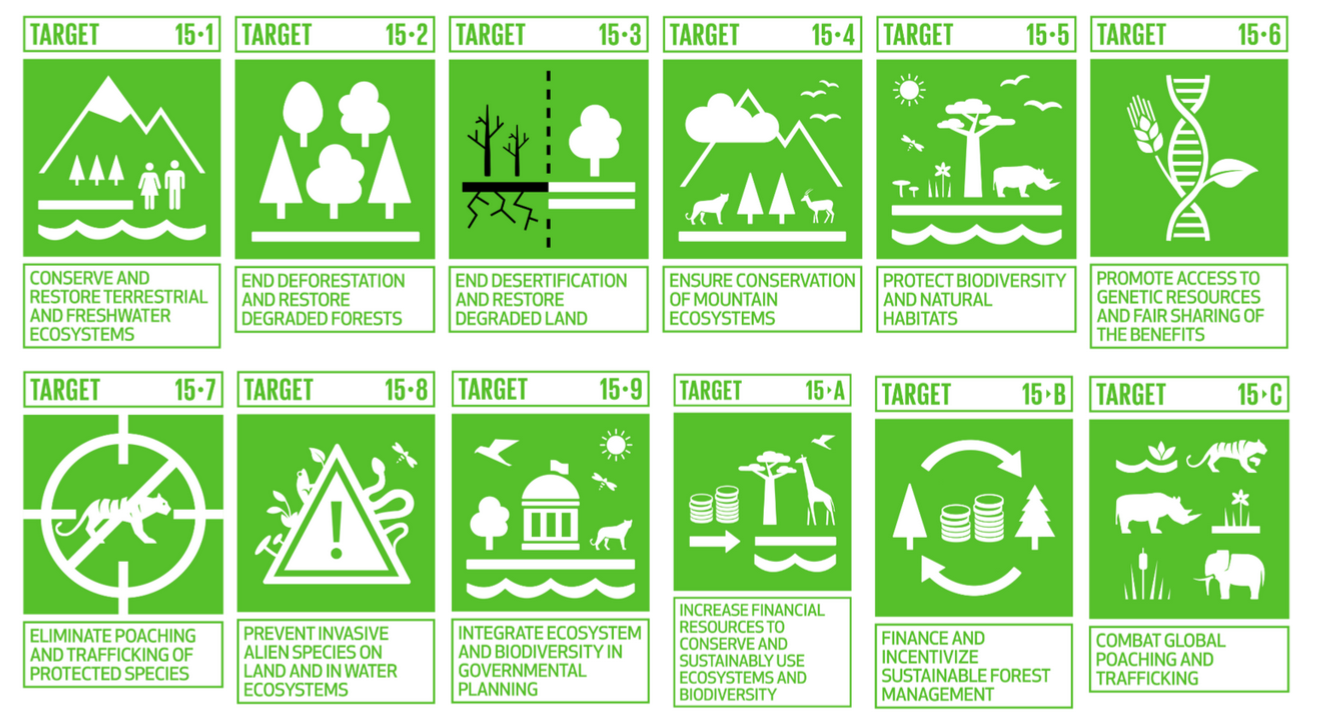
SDG 15 is a critical UN Sustainable Development Goal aiming to protect, restore, and promote sustainable use of terrestrial ecosystems. Adopted in 2015, it recognizes that healthy land is fundamental to human survival, economic prosperity, and planetary stability. It encompasses managing forests, combating desertification, reversing land degradation, and halting biodiversity loss.
This goal adopts a holistic approach, linking biodiversity, climate stability, human well-being, and economic development. It acknowledges that ecosystem health is inseparable from human health, economic stability, and social justice, moving beyond single-issue conservation to an integrated framework.
Importance of Terrestrial Ecosystems

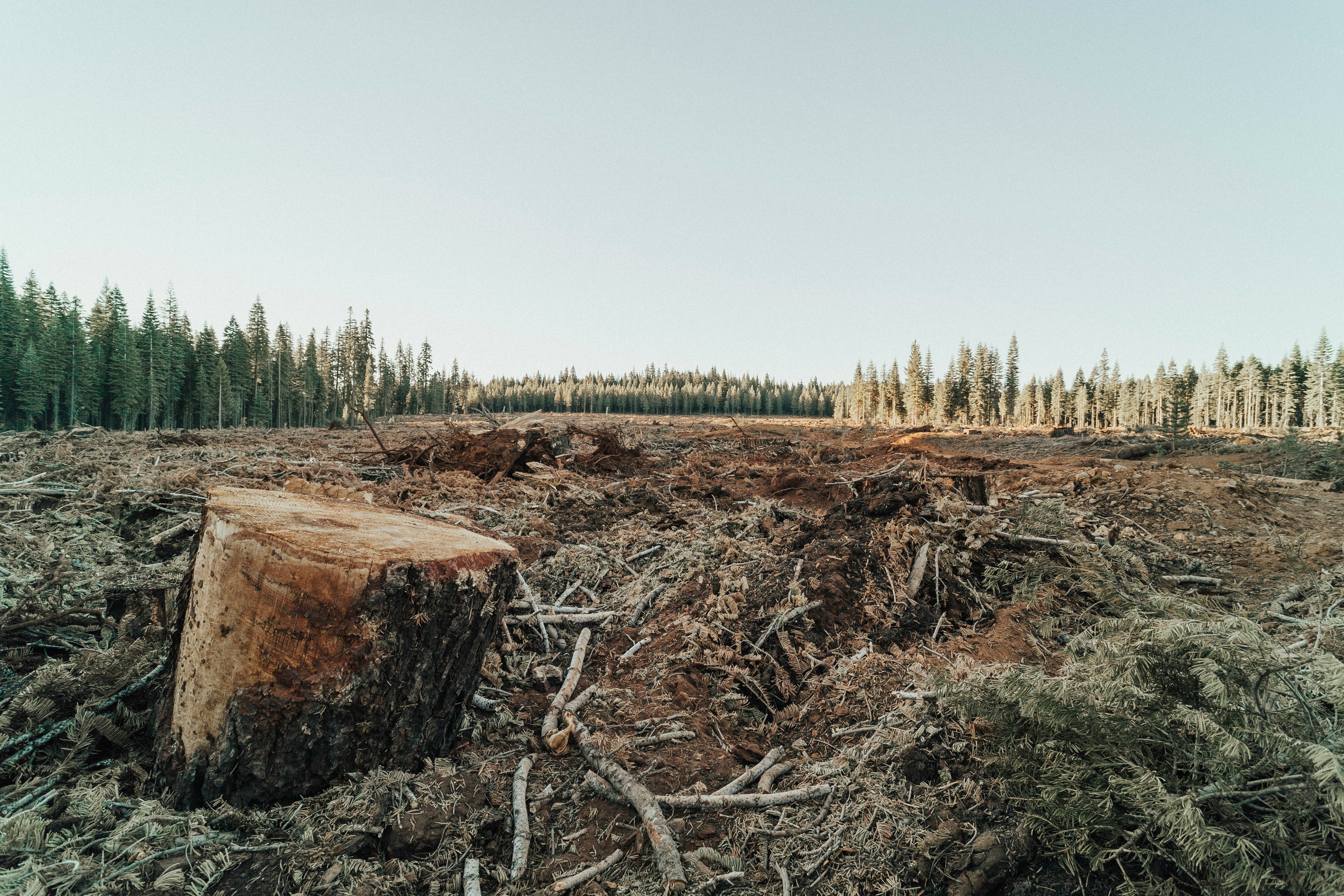
Terrestrial ecosystems, including forests, grasslands, and wetlands, are Earth's life-support systems. They provide essential services like water purification, soil fertility, and pollination. Forests alone cover 31% of global land, harboring 80% of terrestrial biodiversity and acting as vital carbon sinks.
The economic value of these services is estimated at $125 trillion annually, yet they are often overlooked in economic decisions. SDG 15 seeks to bridge this gap, highlighting the fundamental connection between ecological health and economic well-being.
The Biodiversity Crisis and Sixth Mass Extinction
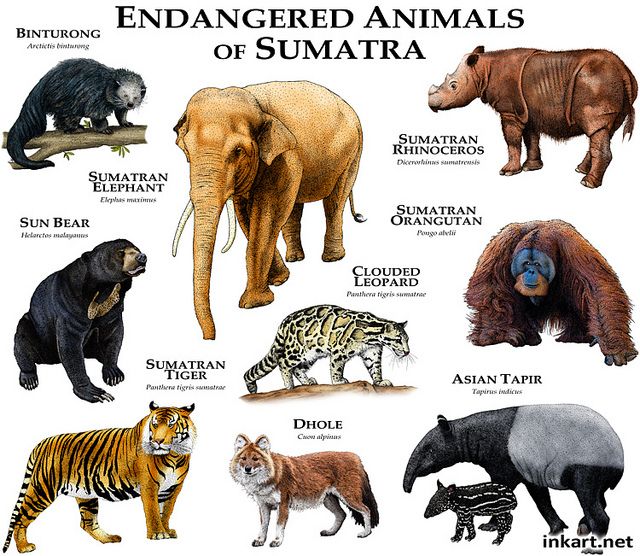
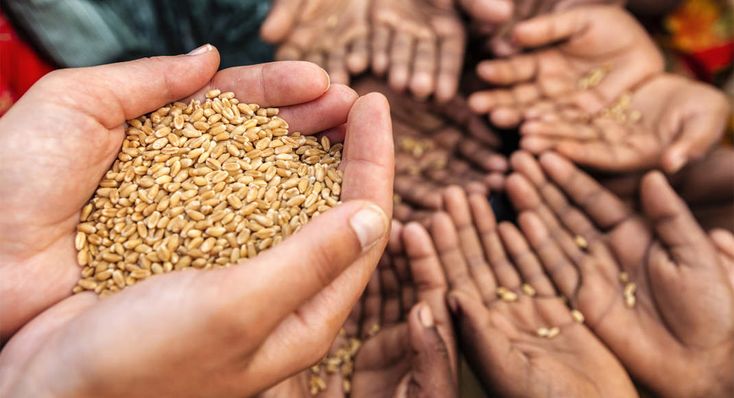
The world faces a human-caused sixth mass extinction, with species extinction rates 100 to 1,000 times higher than natural rates. Since 1970, global wildlife populations have declined by 69%, threatening ecosystem stability and human well-being.
This crisis leads to the breakdown of ecological networks. For instance, declining pollinator populations endanger global food security, and the loss of key species can cause ecosystem collapse and disrupt vital services.
Interconnections with Climate Change
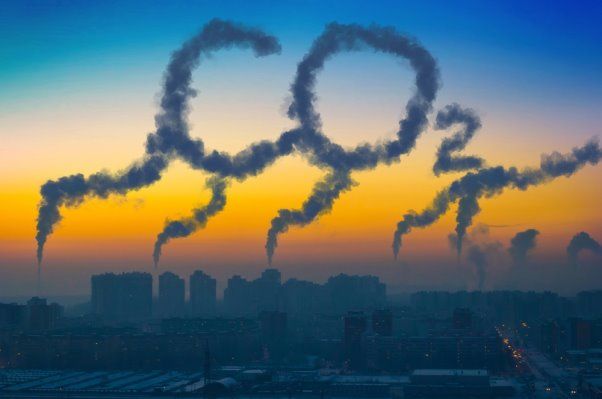

SDG 15 is deeply intertwined with climate change. Terrestrial ecosystems are crucial carbon sinks, storing 2.6 times more carbon than the atmosphere. Deforestation and land degradation contribute significantly to global carbon emissions, reducing Earth's capacity to absorb CO2.
Climate change, in turn, threatens these ecosystems through rising temperatures and extreme weather, leading to species migration or extinction. Protecting and restoring land is vital for climate stability and ecosystem resilience.
Human Dependence and Social Justice Dimensions
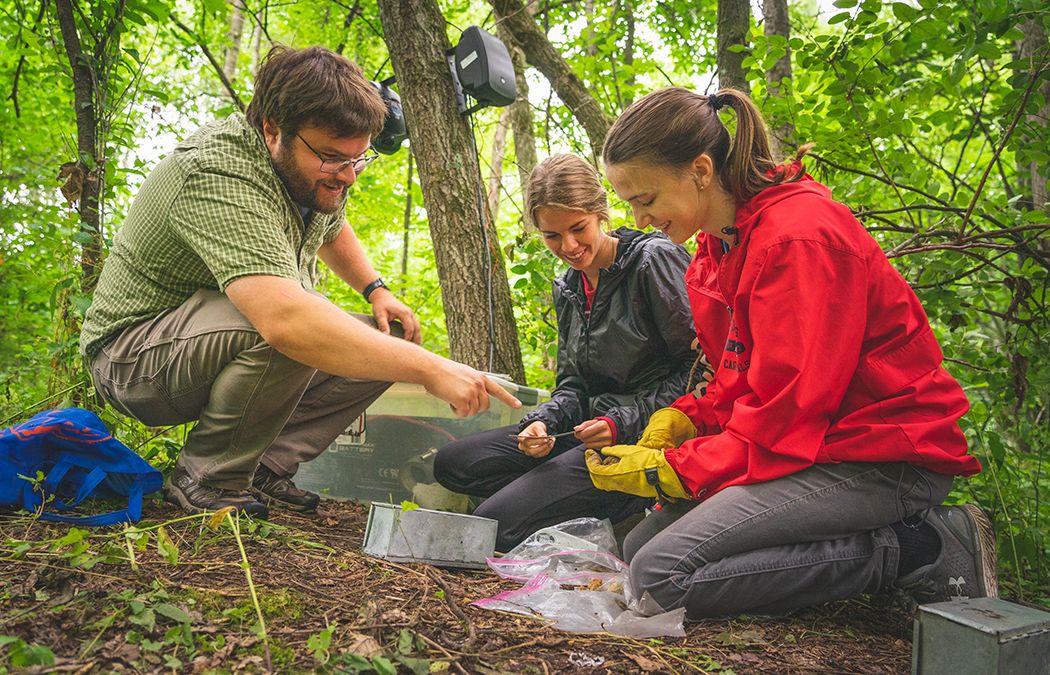
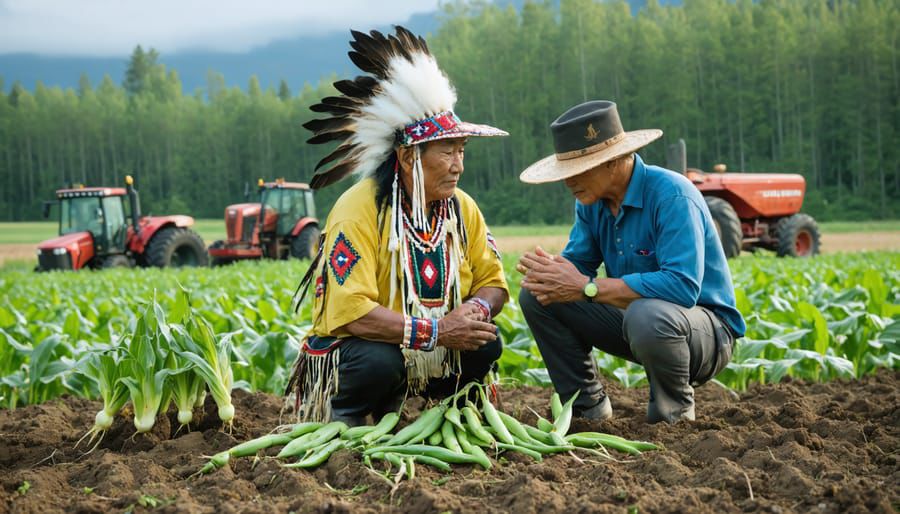
Over 1.6 billion people rely directly on forests, and 2.6 billion depend on agriculture for their livelihoods. Indigenous peoples, who manage 80% of the world's remaining biodiversity, are disproportionately affected by degradation but possess invaluable traditional ecological knowledge.
Ecosystem degradation exacerbates poverty and displaces vulnerable populations, highlighting the critical social justice aspects of environmental protection. Sustainable land management is essential for human welfare and equitable development.
Economic Implications and Opportunities
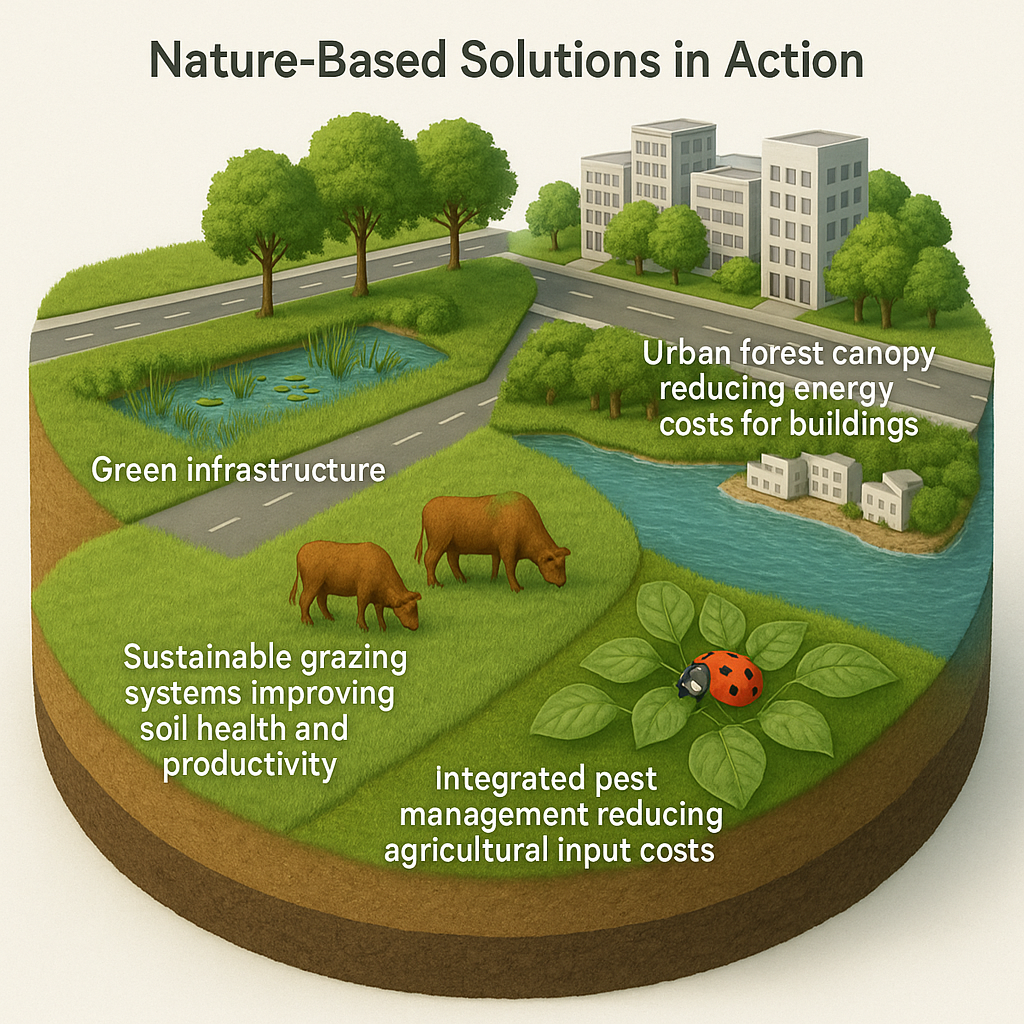
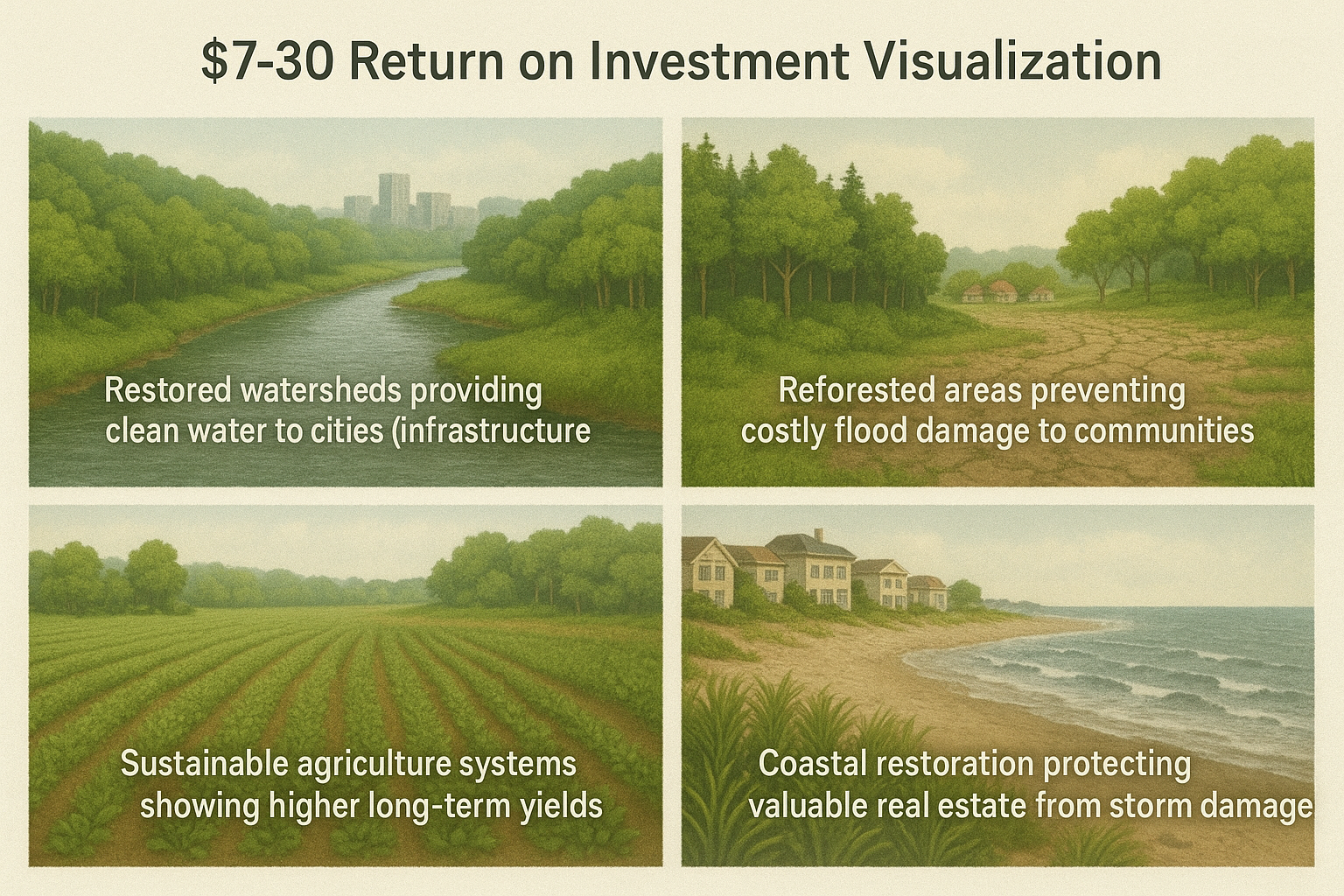
Land degradation costs an estimated $6.3 trillion globally each year, impacting agriculture, increasing disaster risk, and reducing water quality. Industries worldwide depend on healthy ecosystems, making their protection an economic necessity.
Investing in sustainable land management offers significant economic returns. The restoration economy is rapidly growing, and nature-based solutions provide cost-effective approaches, often yielding $7 to $30 for every dollar invested.
Urgency and Time-Critical Nature
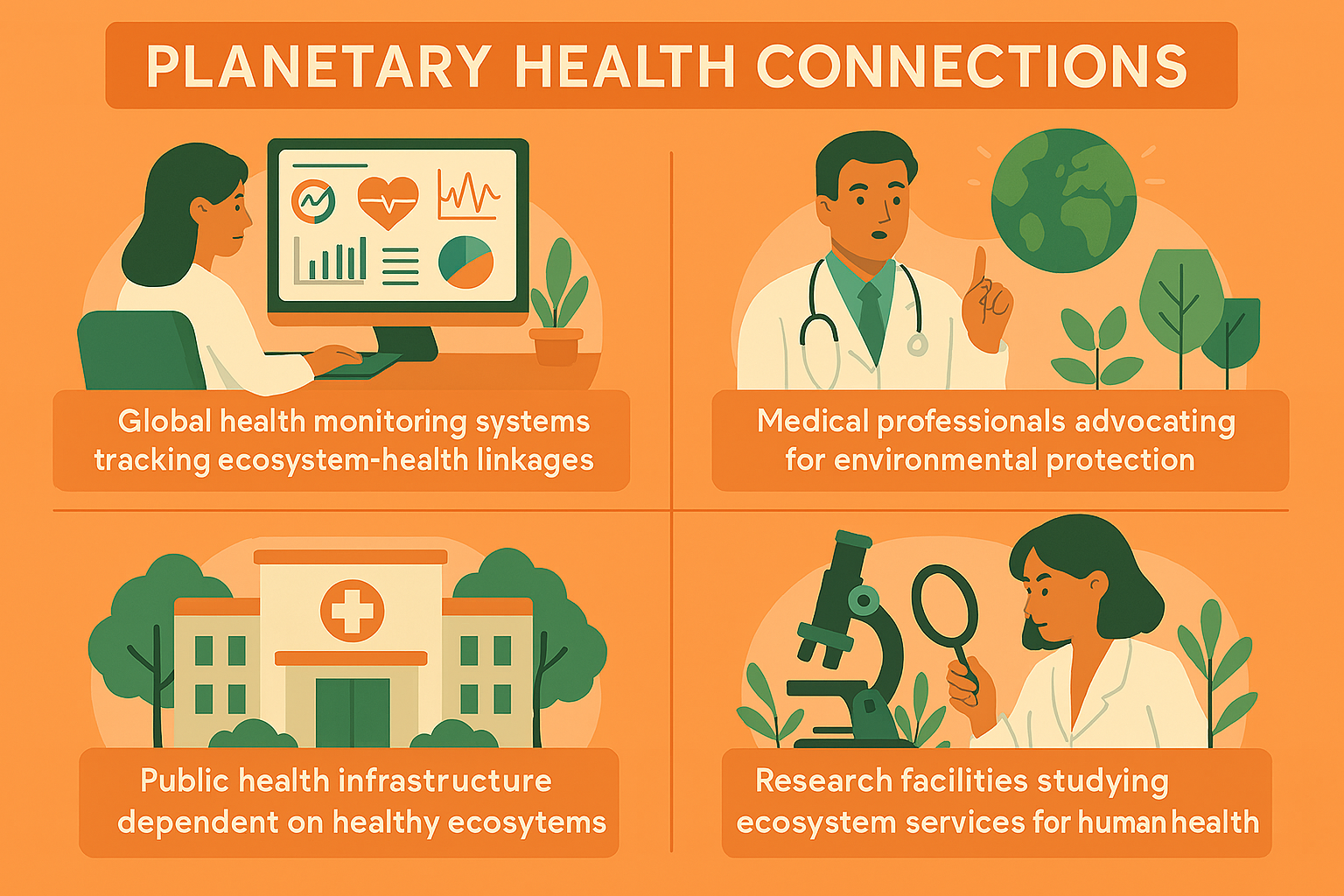
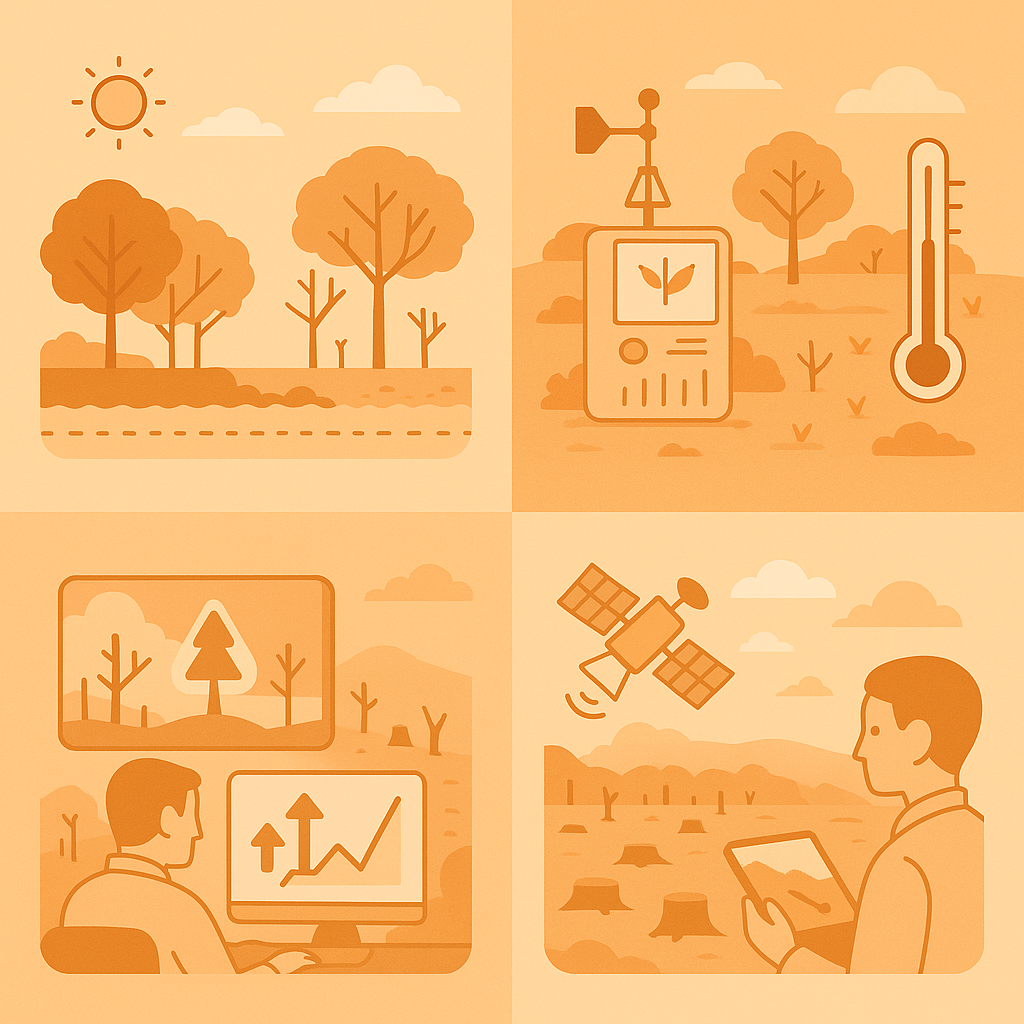
The window to prevent irreversible damage to terrestrial ecosystems is closing. Many ecosystems are nearing tipping points, such as the Amazon rainforest potentially transitioning to savanna, which would release vast amounts of carbon.
The COVID-19 pandemic underscored the link between ecosystem health and human health, with habitat destruction increasing zoonotic disease risks. Urgent action is needed to prevent future pandemics and ensure planetary health.
Global Cooperation and Implementation Challenges
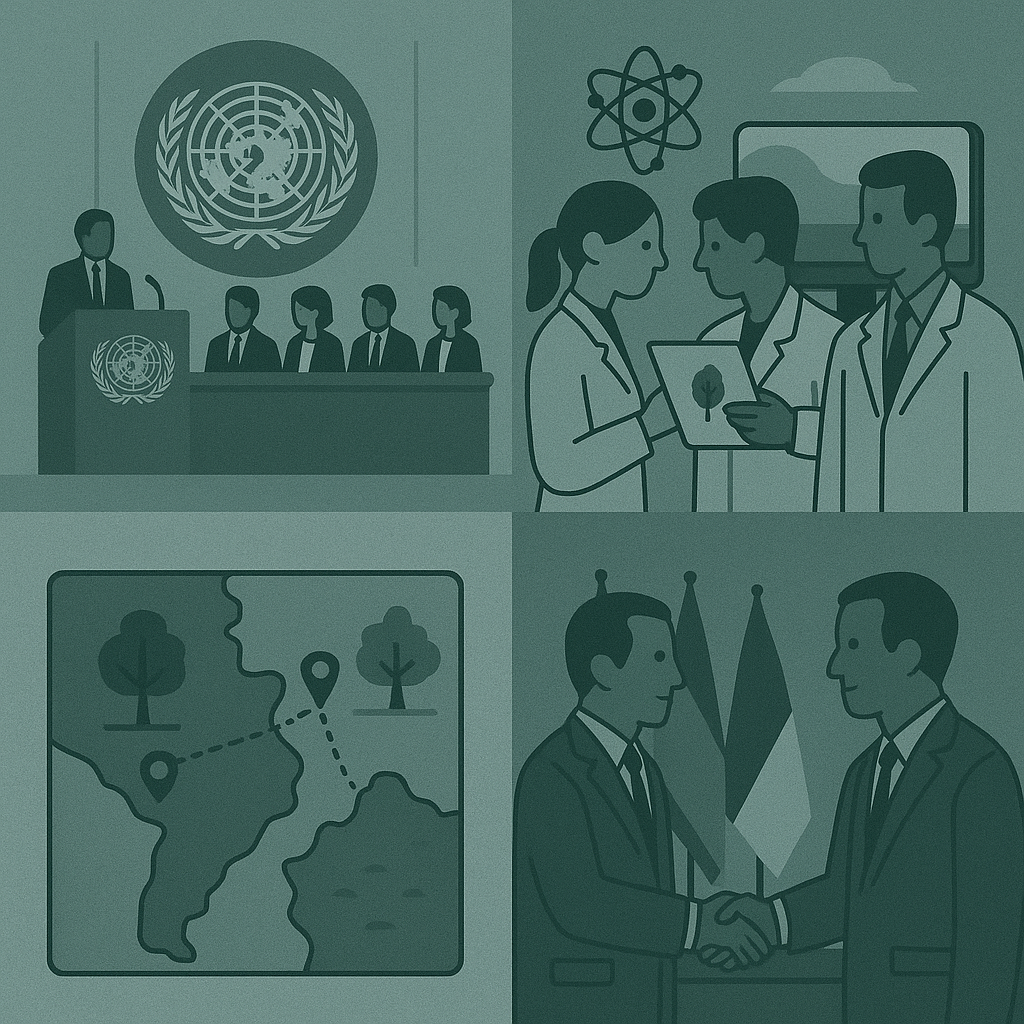
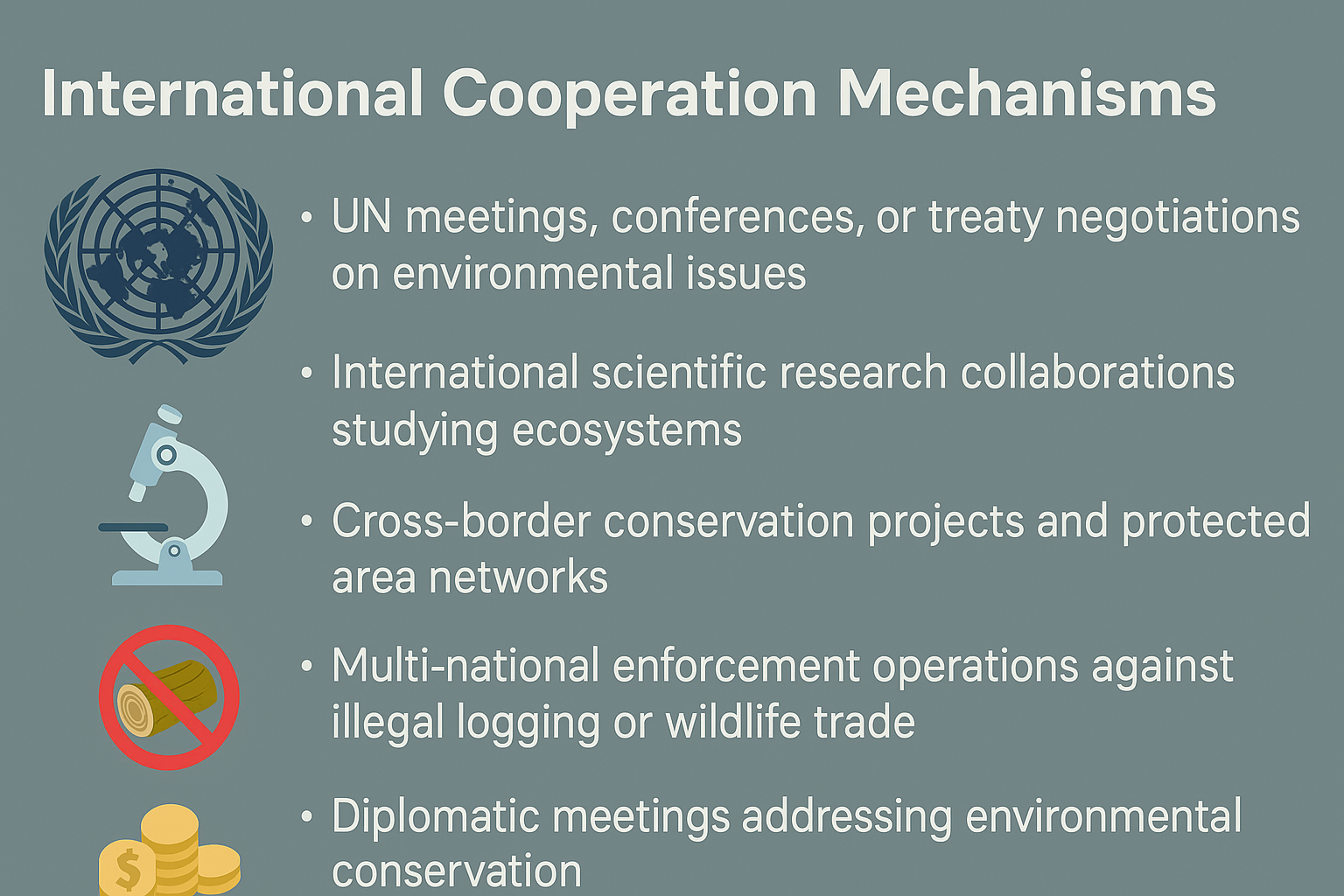
Achieving SDG 15 requires extensive global cooperation, as ecosystem degradation drivers often span national borders. International trade in commodities like palm oil and timber drives deforestation, necessitating coordinated supply chain action.
Progress towards SDG 15 targets is currently insufficient, facing significant financing gaps and limited political will. Balancing conservation with development needs, especially in poverty-stricken regions, remains a key challenge.
A Call for Transformative Action
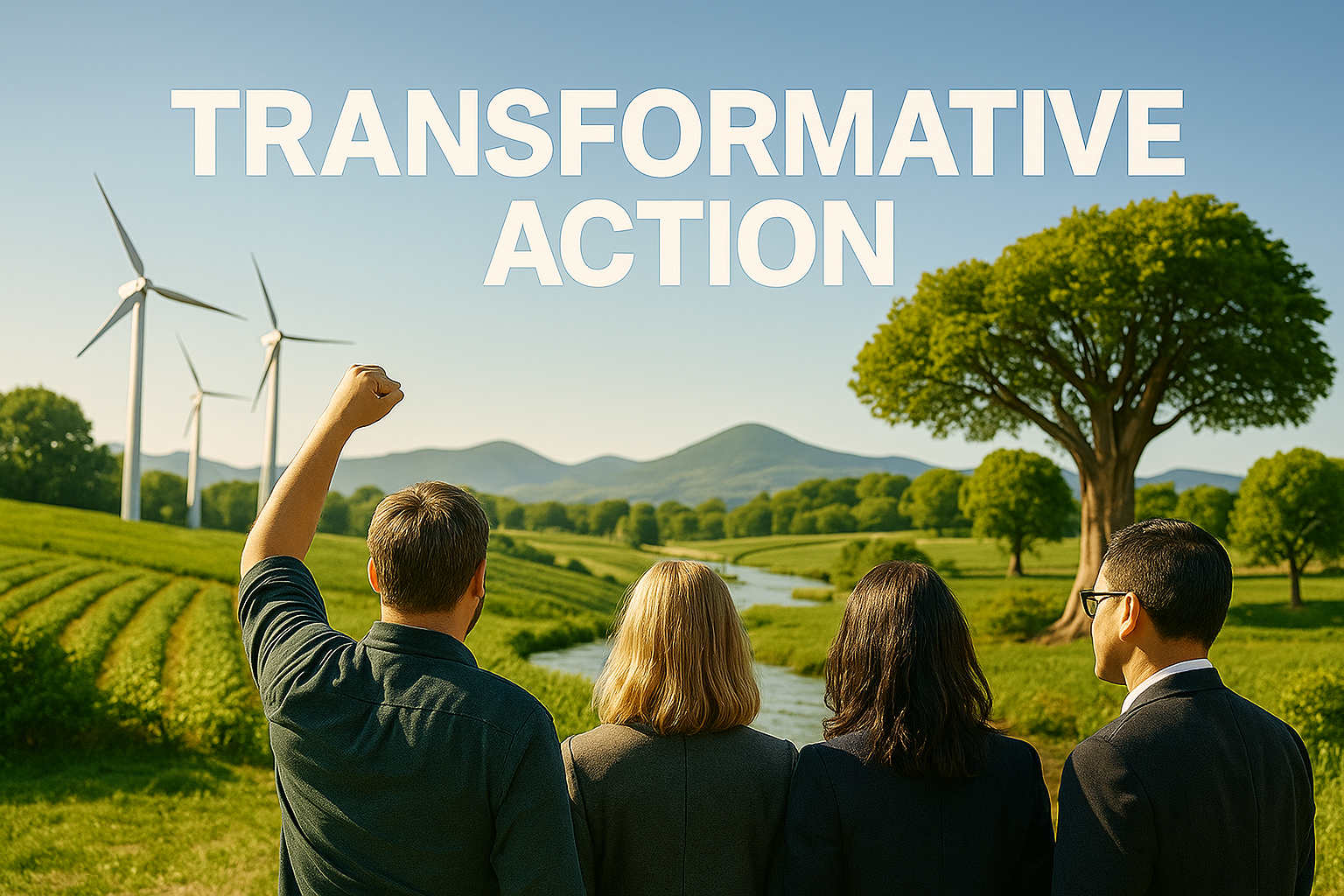
SDG 15 calls for a fundamental shift towards recognizing nature's intrinsic value and the essential role of terrestrial ecosystems. Achieving this requires transformative changes in how societies relate to land, moving from exploitation to stewardship.
This includes changes in economic systems, governance, consumption, and cultural values, prioritizing long-term sustainability. Immediate, coordinated action across all sectors is crucial to reverse ecosystem destruction and build a sustainable future for both people and nature.